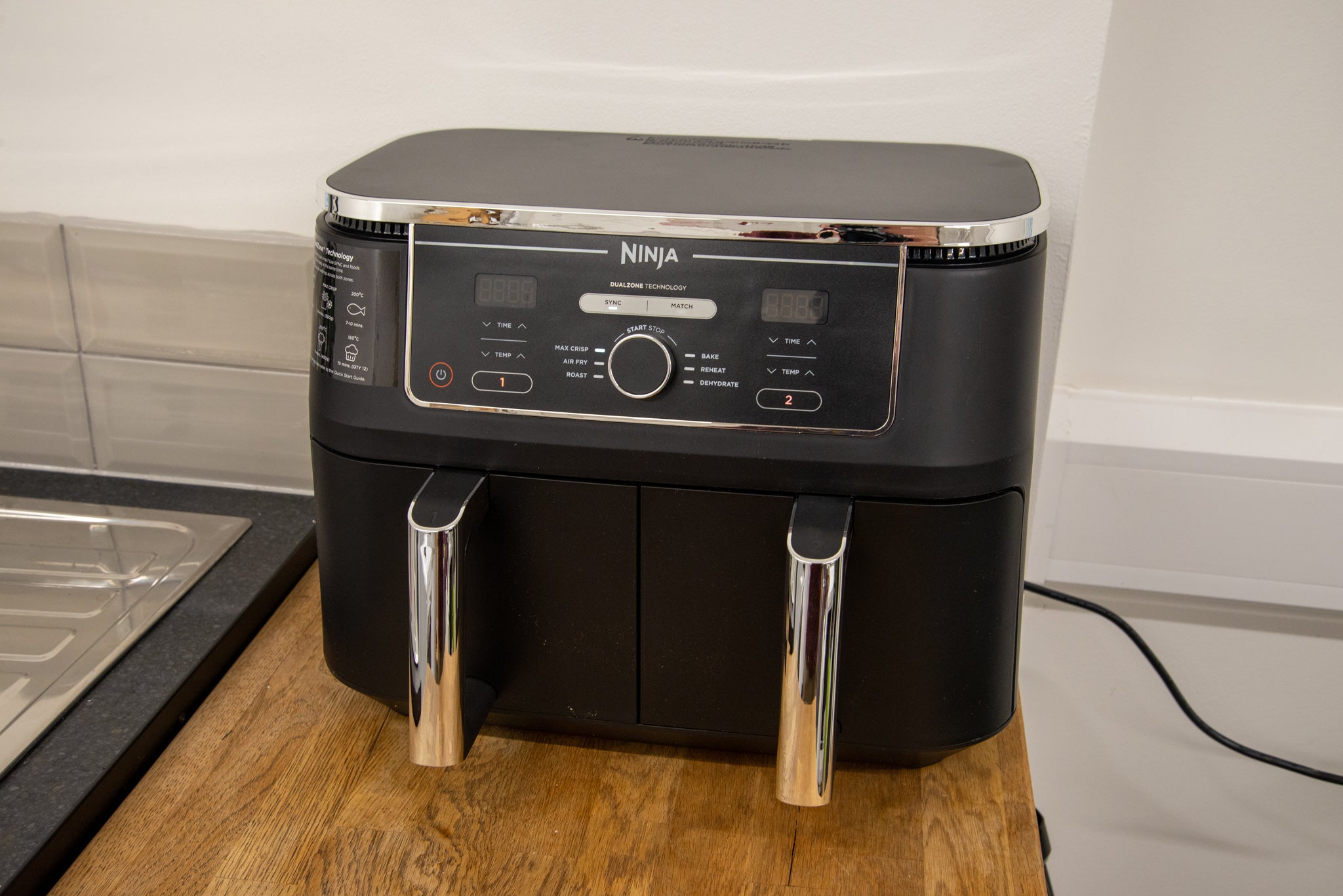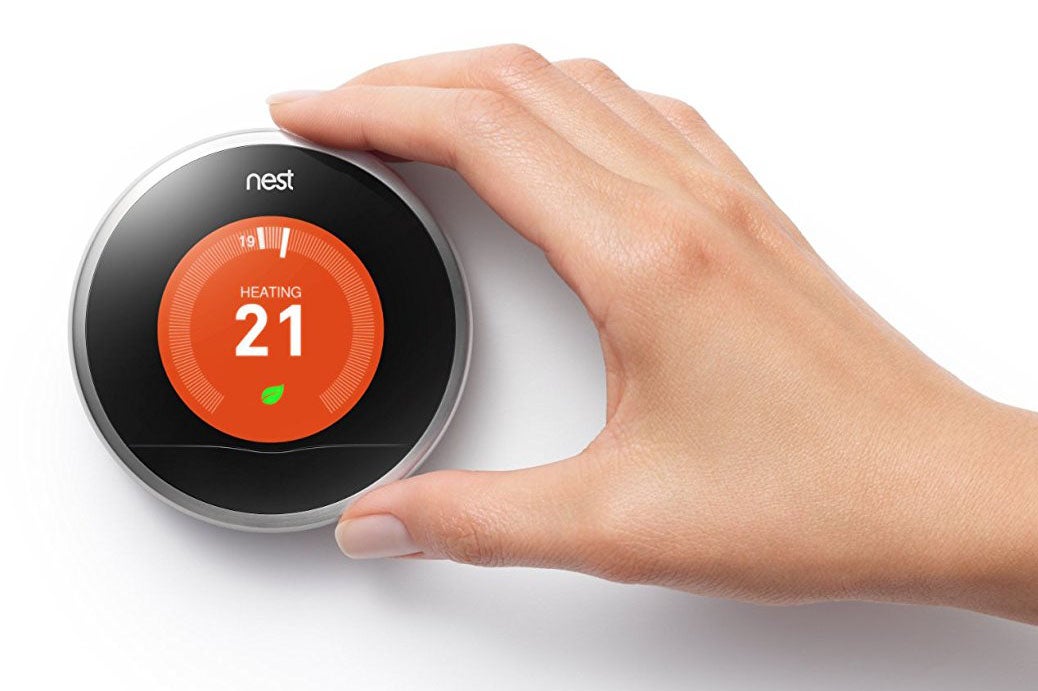How to save energy: power-saving myths exposed
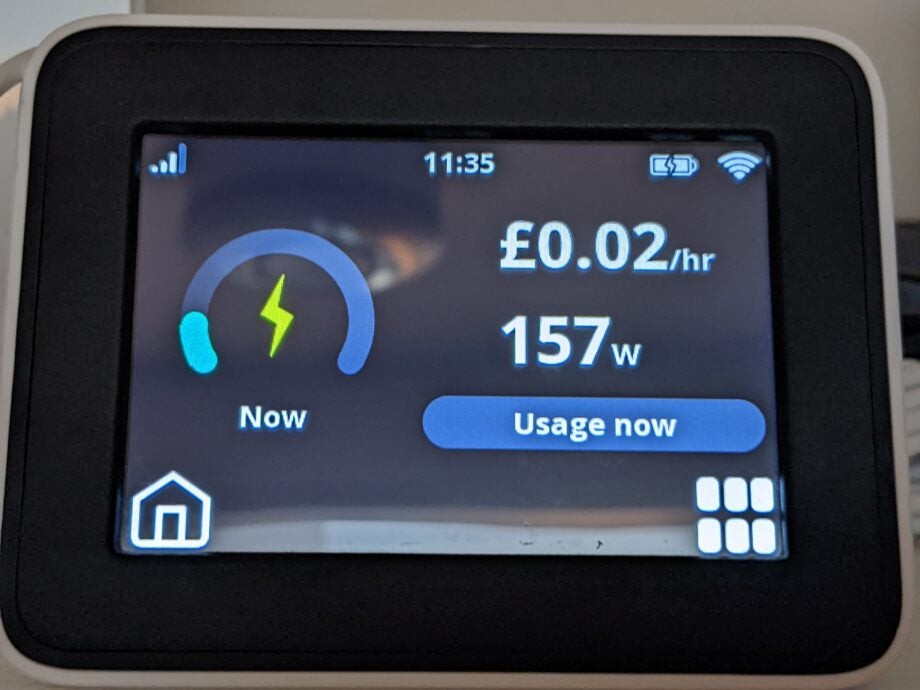
As the cost of gas and electricity goes up, UK residents are facing bigger energy bills for at least the next couple of years.
Naturally, there’s more interest than ever in how to save energy, and more energy-saving articles than you can shake a stick at. Not all money-saving tips are created equal. If you’re looking to save electricity, here are the actions that really pay off, and some of the power-saving myths you should ignore.
Turn down the thermostat
Whether you use gas, oil or electricity, heating your home and hot water takes a huge amount of energy. In fact, hot water and heating account for more than half the typical yearly energy bill – currently £2,500 for the average property.
Turning down your thermostat really can deliver big results. The Energy Saving Trust says you’ll save roughly 10% on heating costs for every degree you knock off. If heating your home to 22°C from November to March would cost £400, turning the thermostat down to 19°C could save you more than £100. You can make further savings with smart thermostats, and by fitting thermostatic radiator valves if you don’t already have them.
Drafts, insulation and flow temperatures
It’s equally important to bring your home’s insulation up to scratch. If you have a loft, check it’s got at least 25cm of insulation: if not, it’s relatively cheap and easy to add more. In the house, use draft excluders or dry towels to stop warm air from blowing out through cracks under the doors. Thick curtains also help to trap in the warmth, but don’t block out the sun – it’s free heat!

If you’ve got a gas or oil boiler, you may also be able to save money by turning down its water flow temperature. Modern, condensing boilers are at their most efficient when they’re in condensing mode, which typically only happens when the flow temperature is set to 70°C or lower, with lower temperatures the best for cost savings. A recent industry report suggests you could save about 6-8% if your condensing boiler isn’t already in this range. If your yearly gas bill is £1,000, that could be an £80 saving. Follow our boiler flow temperature guide for more help and advice.
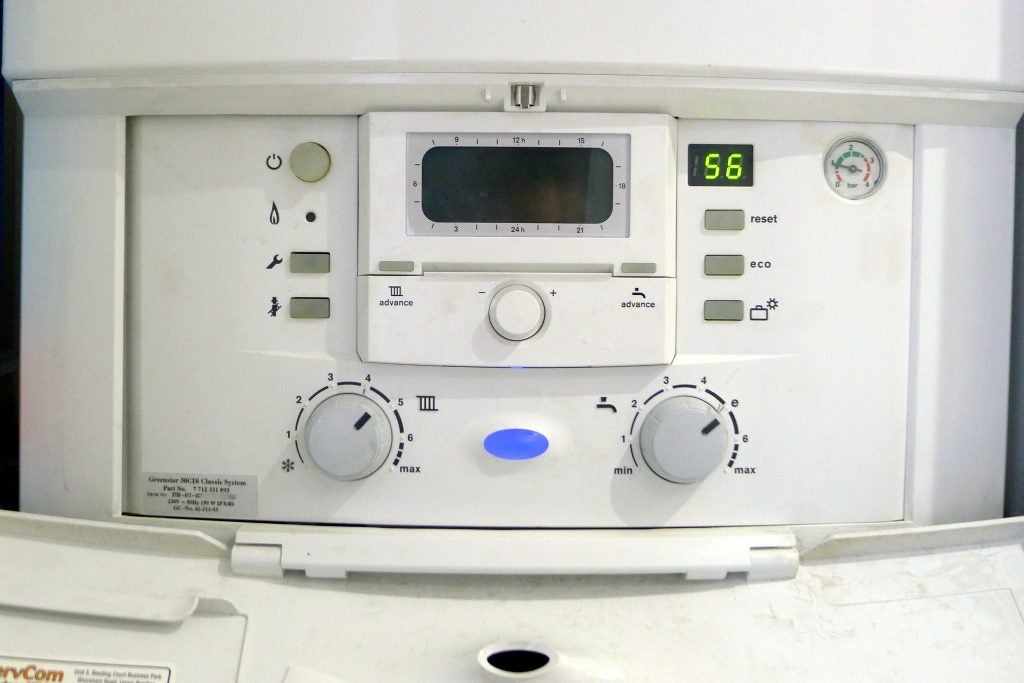
Keep the heating on?
It’s a myth that it’s cheaper to keep the heating on constantly. It uses more energy to keep a house warm than it does to just let it cool down and heat it up again. Only heat your home when you’re in it and, if possible, only heat the rooms you’re actually using. Smart heating controls can really help here – try our tips on how to save money with smart heating.
Wash cooler
Washing machines use a fair bit of energy, typically up to around 1.5kWh hours (kWh) per wash depending on the cycle. Most of this comes from heating the water, so the cooler you can wash, the more money you’ll save.
How much? My washing machine consumes 0.55kWh for a 40°C cotton wash when it’s about three-quarters full. If I repeated this every other day for a year I might pay £34, under the 34p per kWh cap that applies until October 2024. That’s not too bad, but according to my power measurements, if I lowered the wash temperature to 30°C I’d pay £20 a year, and at 20°C it would cost me only £11. My machine is a couple of years old and it’s A+++ rated – if you’ve got something older or less efficient, you could even save more.
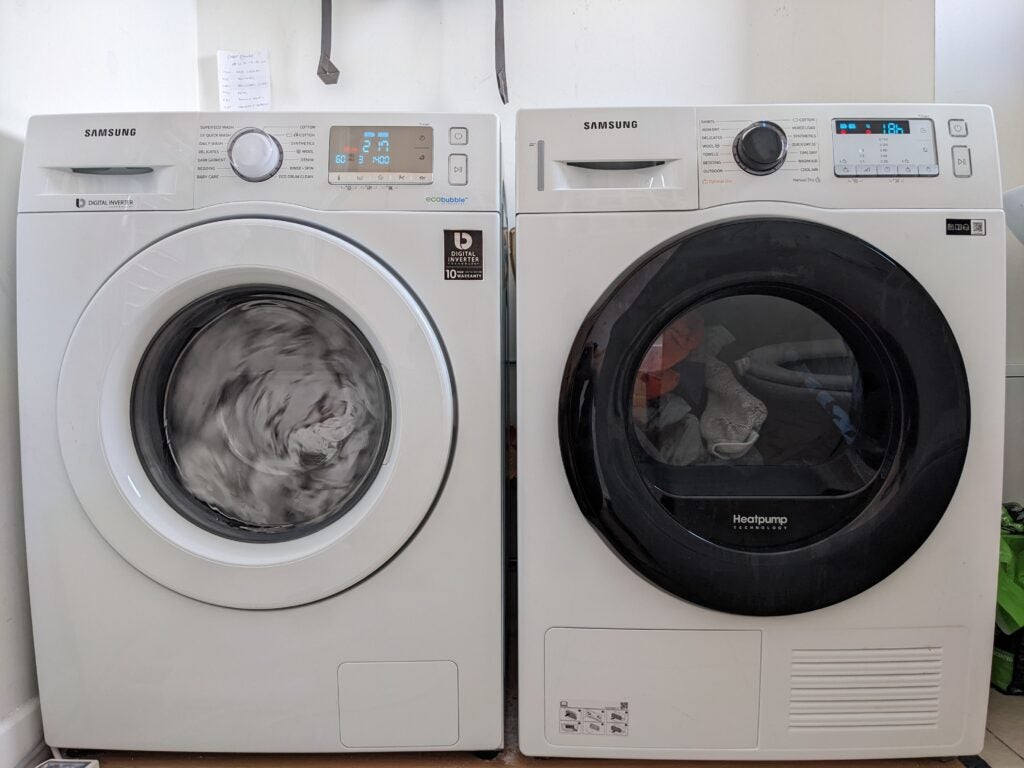
Today’s washing machines are surprisingly efficient, but even the best tumble dryers are heavy power users. My A+++ rated heat pump dryer used 1.36kWh to dry the same load of cottons – that’s £84 a year if I used it for every wash. You can save money by shortening the drying cycle by as much as possible, say choosing hanging dry rather than cupboard dry. Line dry if you can, even if your clothes still need finishing in the dryer. If your machine has a humidity sensor, opt for less dry results, and air your clothes afterwards.
Wash faster? Wash small loads?
It’s a common myth that all quicker washes use less power. In fact, modern appliances save energy by using less water and cooler temperatures, but they need longer to get the same results. If you need your clothes quicker, washing machines usually compensate by raising the temperature, which pushes up the cost.
That said, many modern washing machines have a fast wash programme for smaller loads (up to 5kg, typically) that are designed to wash normally soiled clothes faster, using less energy.
Generally speaking, it’s best to use a washing machine full to capacity on its Eco wash, rather than running two smaller fast loads.
It’s also a myth that you’ll save by only washing or drying small loads. While modern appliances do adjust to smaller loads, they’ll use more than half the power to wash or dry half the clothes, so it’s less efficient overall. With all washers, dryers and dishwashers, it’s best to use the lowest practical temperature setting or the Eco mode if you’ve got one. And ideally, only run the appliance when it’s completely full.
Turn up the fridge!
You might not think it, but your fridge could be the heaviest single electricity user in your home, accounting for more than 10% of all the electricity you use. Setting your fridge or freezer to a slightly warmer temperature could save you tens of pounds over the year.
I ran my large Bosch fridge freezer at 4°C and -20°C for two days, during which time it used 2.58 kWh. Over a year, that would add up to about £160 under the current 0.34p per kWh price cap. I changed the fridge’s settings to 6/-18°C, let it stabilise for a day, then measured 2.07kWh of energy use over a further two days. That’s a saving of about a fifth – more than £30.
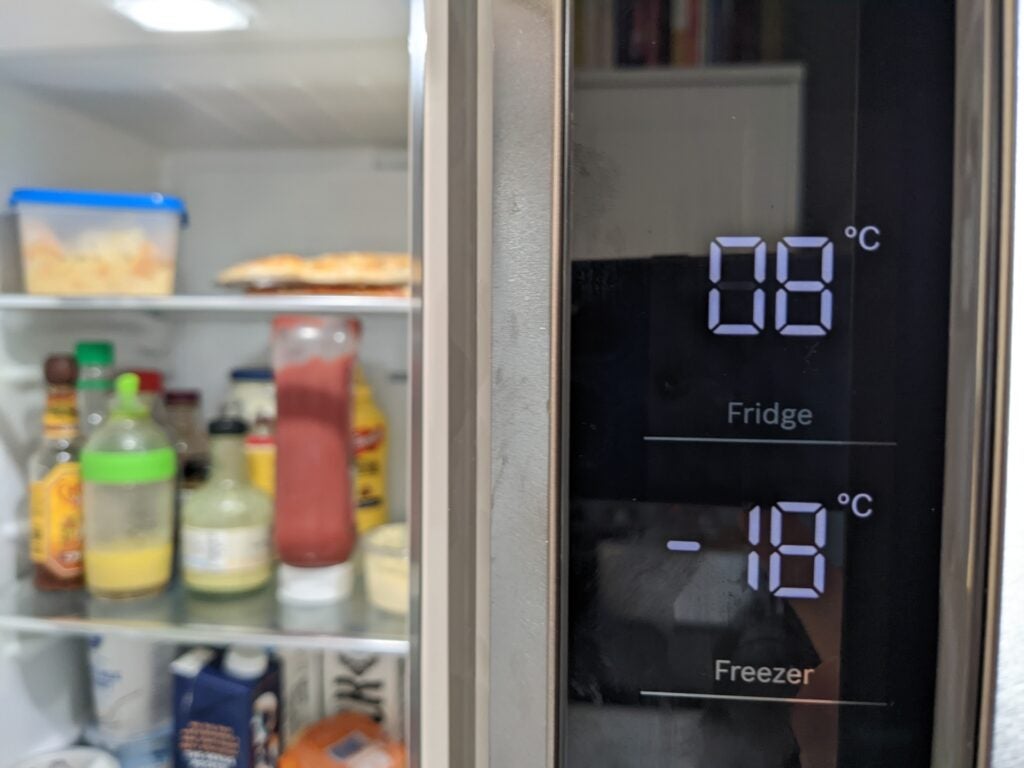
Switched into Eco mode, which uses 8/-16°C the fridge freezer consumed 1.78kWh over two days. That’s equivalent to about £110 over the year – a potential saving of £50.
Cooking uses the most energy?
Cookers, microwaves, toasters, kettles and other kitchen appliances are all big power users. With powerful heating elements, ovens and kettles can demand up to 3kW, while toasters generally use around 500W per slot – that’s 1kW for a two-slot toaster.
This doesn’t tell the whole story, though. A typical full kettle boils for less than five minutes and actually uses less than a fifth of a kilowatt hour. Boil two cups of water five times a day and you might pay around £40 a year at current rates. Similarly, a toaster is done within a couple of minutes. Make a couple of rounds of toast daily and you’ll pay around a tenner a year.
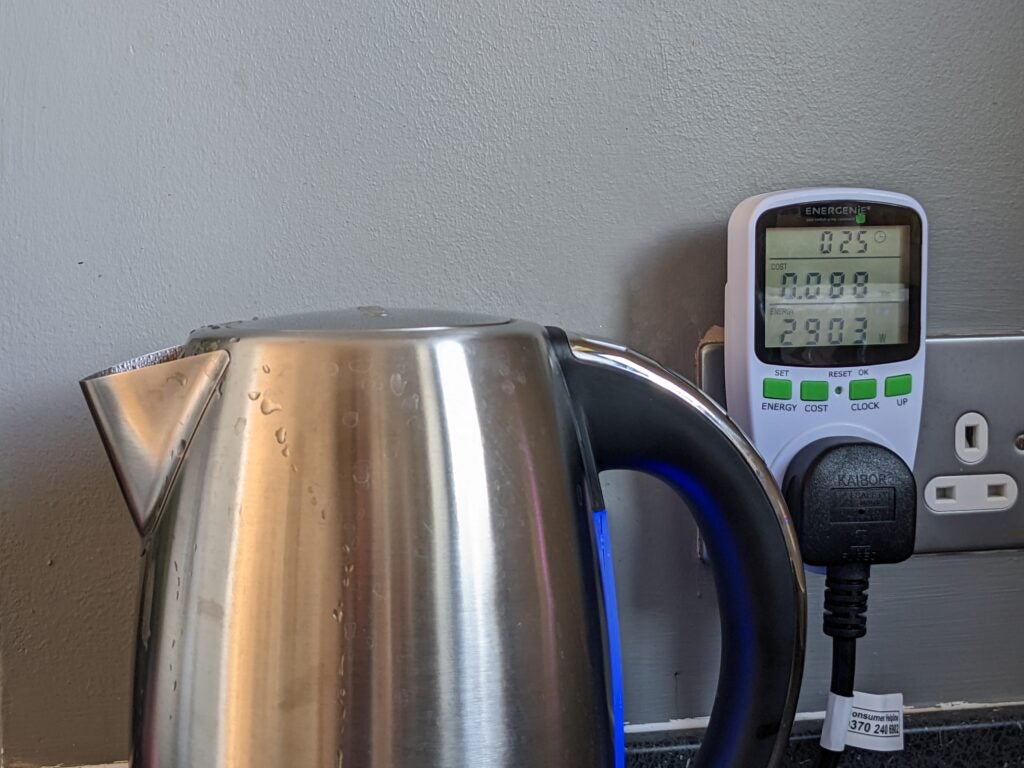
But while kettles don’t use as much power as you’d think, it is important not to overfill them. Boiling just an extra cup of water five times a day would add around £22 to your yearly bill. When boiling water, fill the kettle to the level that you’ll need.
Microwaves and air fryers are more efficient
Microwaves demand less energy than a conventional oven, but they can still use a considerable amount. My Panasonic microwave is rated at 850W of heating power, but it actually consumes 1.2kW at full power – that’s two thirds of the peak energy demand of my 1.8kW-rated oven. So is the microwave more efficient?
For easily microwaved foods, the answer is yes. My oven takes seven minutes to even get to a decent cooking temperature, during which time it uses 0.21kWh of electricity. My microwave has no warm up time at all. Once up to temperature my oven only uses about half as much electricity as my microwave, but I’d still need to cook for more than 20 minutes before it became more efficient overall. The microwave would almost certainly have finished cooking long before then.
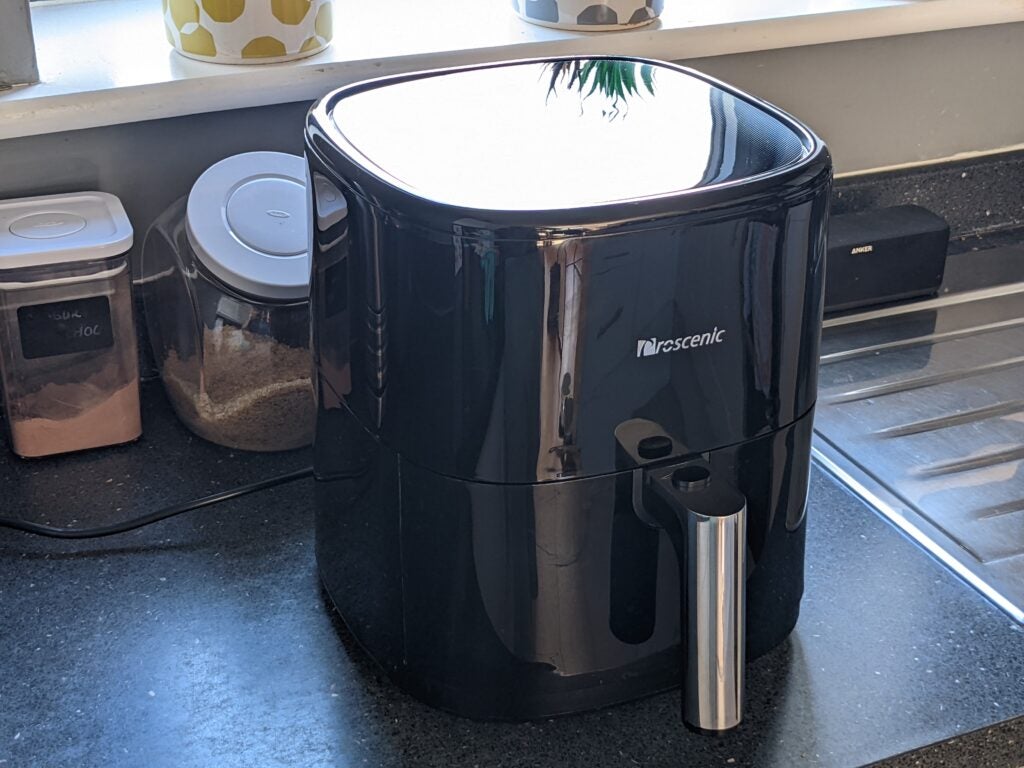
Air fryers can help where there’s no substitute for properly crisped food. My oven would burn through about 0.5kWh to cook a batch of oven chips, while one of our best air fryers would use half that. Bake twice a week and that’s a saving of about £9 per year.
Switch off standby?
Loads of energy-saving articles insist you’ll save a fortune by unplugging devices, rather than leaving them on standby. The Energy Saving Trust says that doing so could save you £55 a year, but will it?
In 2013, the EU introduced a rule limiting equipment such as TVs, computers and other home appliances to no more than 0.5 watts of consumption in standby mode. Even at today’s prices, that’s a maximum of £1.49 for each device left on standby all year. Say you leave 10 devices on standby, that’s still only £15 over the year.
In reality, it’s not always so clear-cut. A typical home might have lots of devices, including several that predate the EU ruling. My 2011 television typically uses less than one watt on standby, but it periodically checks for updates, consuming about 12W for a few minutes. My Nintendo Switch uses 3W on standby, my microwave 2W, and my ancient stereo consumes 2W.
If you’ve got a lot of devices, it can all add up. When everything is ‘off’ in my house, my smart meter typically reports consumption of about 150w. If only a third of that is standby power, turning everything off at the plug could save me £149 a year.
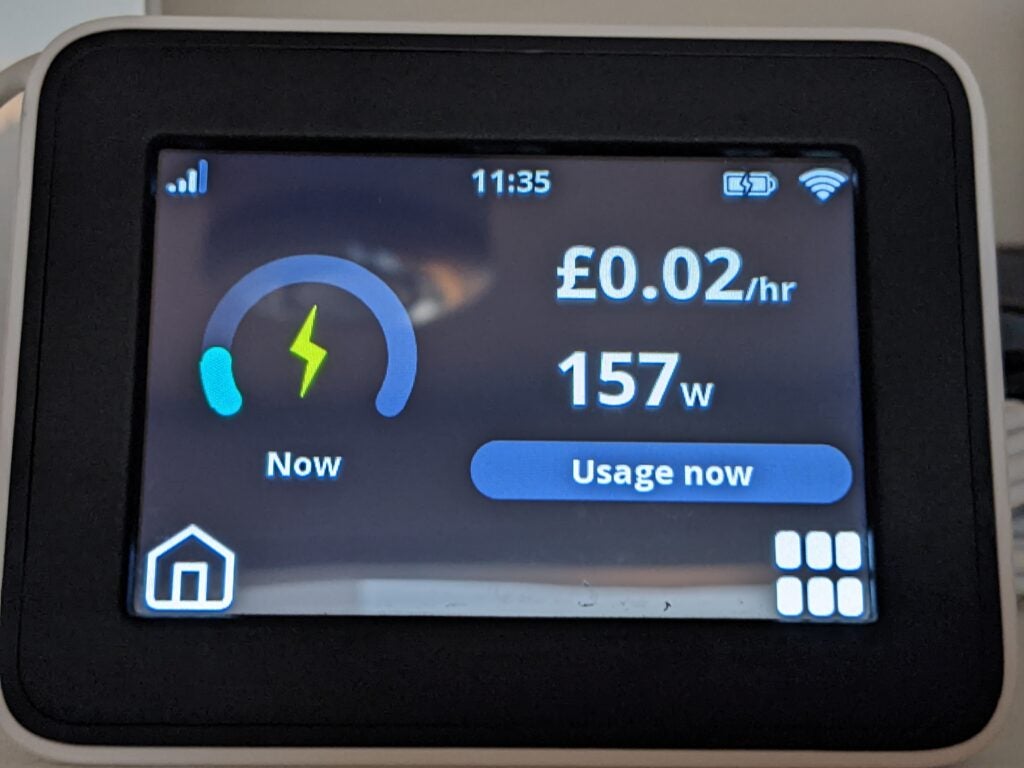
Rummaging around behind devices can be a pain, though, so it can help to use smart plugs or smart multi-way adaptors to cut the power to groups of devices that don’t need to be left on standby. For example, you might put the TV, DVD player and soundbar on a multi-way adaptor plugged into the same smart socket, and set it up to turn off overnight or when nobody’s in. At the same time, you’d want to leave the TV recorder plugged in.
Smart sockets themselves typically use a fraction of a watt, and sometimes more. If you really want to minimise waste, buy a switched multi-way extension, label the plugs, and switch things off manually when you’re not using them.
Around the house
There’s more you can do to save electricity around the home, although you might be doing much of it already. It’s essential to replace old-fashioned incandescent bulbs with modern LEDs. Fifteen modern bulbs, all switched on at once, should use less than 150 watts – 15 traditional bulbs would consume about 900 watts. At 34p per kWh the difference is 25p an hour, which could add up to hundreds of pounds over a year.
If you have them, smart bulbs can help you save a little bit more, but the returns aren’t as great. Dimming a 7W smart bulb to 50% will usually leave you with enough light, and almost halve its energy use. Doing this with 10 lamps will save you more than a penny every hour – perhaps a saving of £10 or so a year.
If your appliances have timers and you have an Economy or electric vehicle (EV) tariff, set your washing and dishwashing to run during the cheap hours. Otherwise, set your appliances to run just before you get up so you can benefit from their waste heat. And if you do have an EV, experiment with driving it more slowly, and minimising your use of its cabin heating and air conditioning – you’ll use less energy to cover the same distance.
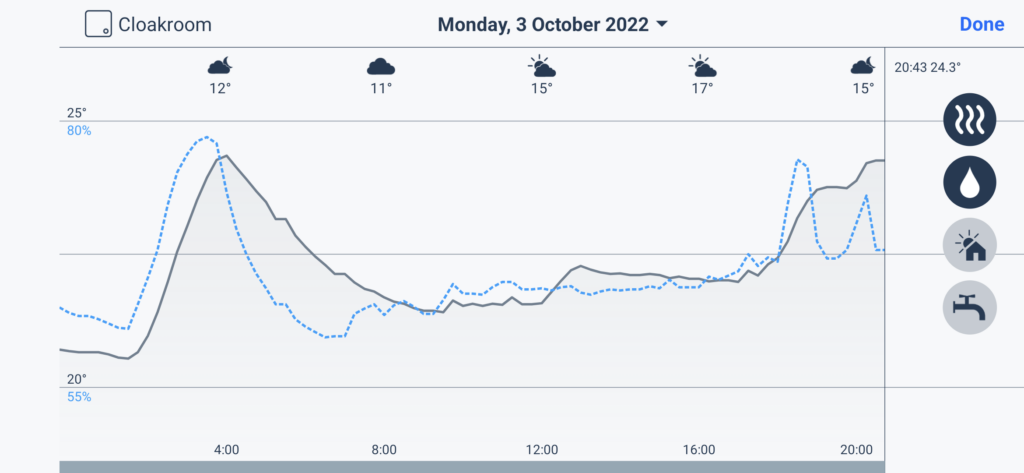
Doubtless, you’ve already made some of the changes we’ve covered, in which case you might not get huge further savings. However, if it’s all news to you, you may find that some simple changes can save you tens, or even hundreds of pounds over the course of the next year. It might not cancel out the big rises in energy costs, but it could help soften the blow.


